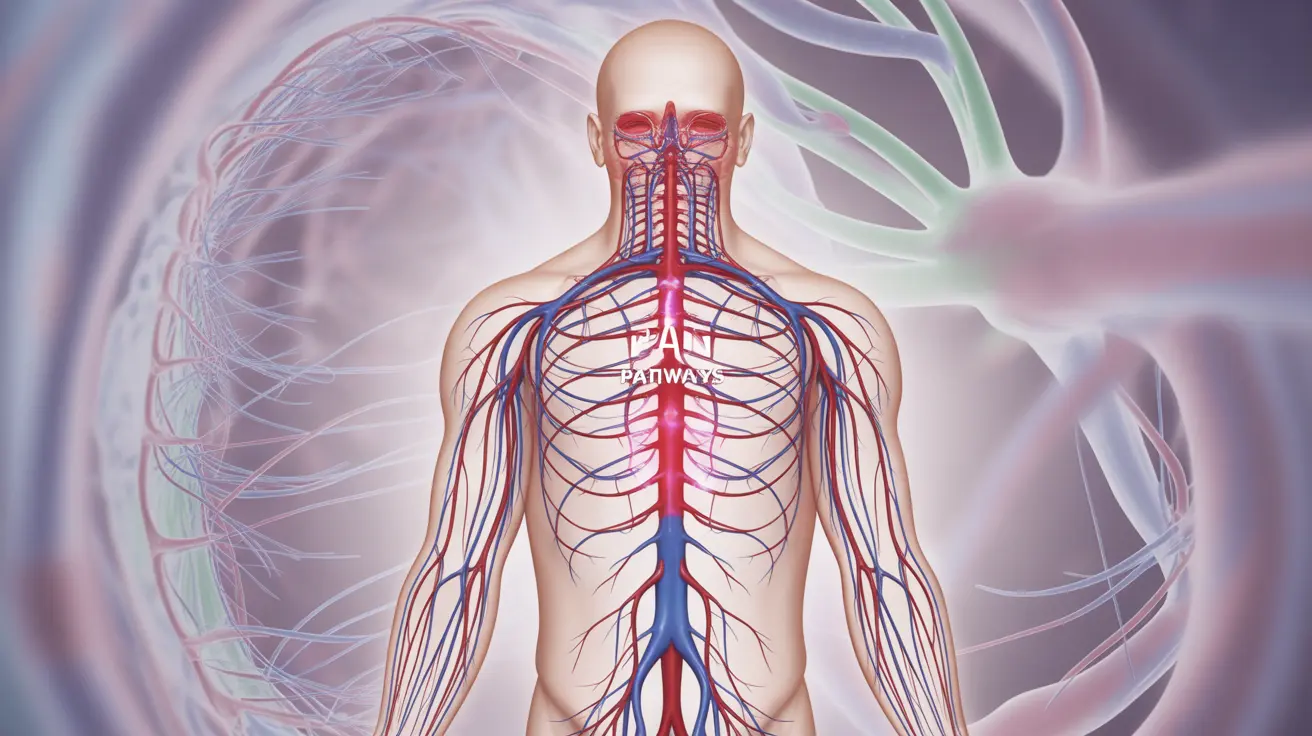Living with neuralgia can be an incredibly challenging experience, as this form of nerve pain can significantly impact daily life. Neuralgia occurs when nerve function is disrupted, leading to intense, often debilitating pain signals that can affect various parts of the body. Understanding this condition is crucial for both patients and healthcare providers to develop effective management strategies.
In this comprehensive guide, we'll explore the various aspects of neuralgia, including its symptoms, causes, diagnosis, and treatment options, helping you better understand this complex neurological condition.
Common Symptoms of Neuralgia
Neuralgia manifests through distinct pain patterns and sensations that can vary among individuals. The most common symptoms include:
- Sharp, shooting pain that follows nerve pathways
- Burning or electric shock-like sensations
- Hypersensitivity to touch in affected areas
- Sudden onset of intense pain episodes
- Pain triggered by everyday activities
The intensity and duration of these symptoms can vary significantly, with some people experiencing brief episodes while others deal with prolonged pain periods.
Understanding the Causes of Neuralgia
Neuralgia can develop from various underlying conditions and factors that affect nerve function. Common causes include:
Medical Conditions
- Diabetes (diabetic neuropathy)
- Shingles (postherpetic neuralgia)
- Multiple sclerosis
- Facial nerve compression
Physical Factors
- Nerve compression from nearby structures
- Trauma or injury to nerves
- Aging-related nerve degeneration
- Surgical complications
Diagnostic Approaches
Diagnosing neuralgia requires a comprehensive medical evaluation to identify the affected nerves and underlying causes. Healthcare providers typically use several diagnostic tools:
Physical Examination
Doctors perform detailed physical examinations to identify painful areas and assess nerve function through various neurological tests.
Medical Imaging
- MRI scans
- CT scans
- X-rays to check for structural issues
- Specialized nerve conduction studies
Treatment Options and Management
Managing neuralgia often requires a multi-faceted approach, combining various treatment methods to achieve the best results.
Medication Options
Several medications can help control neuralgia pain:
- Anticonvulsant drugs
- Antidepressants
- Pain relievers
- Topical treatments
Interventional Procedures
When medications aren't sufficient, various procedures may be considered:
- Nerve blocks
- Radiofrequency ablation
- Surgical decompression
- Electrical nerve stimulation
Physical Therapy and Alternative Treatments
Complementary approaches can provide additional relief:
- Targeted exercise programs
- Massage therapy
- Acupuncture
- Stress management techniques
Frequently Asked Questions
What are the common symptoms and sensations associated with neuralgia?
Neuralgia typically presents as sharp, shooting pain along nerve pathways, often described as electric shock-like sensations. Patients may also experience burning pain, hypersensitivity to touch, and sudden pain episodes triggered by routine activities like eating, speaking, or light touch.
What causes neuralgia and how can underlying conditions like diabetes or shingles lead to nerve pain?
Neuralgia can be caused by nerve compression, inflammation, or damage. Conditions like diabetes can damage nerve fibers over time through high blood sugar levels, while shingles can cause direct nerve damage through viral infection. Other causes include multiple sclerosis, physical trauma, and aging-related degeneration.
How is neuralgia diagnosed and what tests are used to identify the affected nerves?
Diagnosis typically involves a comprehensive neurological examination, detailed medical history, and specific diagnostic tests. These may include MRI or CT scans, nerve conduction studies, and electromyography (EMG) to assess nerve function and identify any structural causes of pain.
What treatment options are available for managing different types of neuralgia, including medication and surgery?
Treatment options range from medications (such as anticonvulsants and antidepressants) to surgical interventions. The choice depends on the type and severity of neuralgia. Medications often serve as first-line treatment, while surgery may be considered for cases resistant to conservative treatment.
Can nerve blocks or physical therapy help reduce neuralgia pain, and what are their benefits and risks?
Nerve blocks can provide temporary to long-term pain relief by interrupting pain signals, though they carry risks such as infection or bleeding. Physical therapy can help by improving circulation, reducing muscle tension, and teaching pain management techniques. The effectiveness varies among individuals, and treatment should be tailored to each patient's specific condition.




